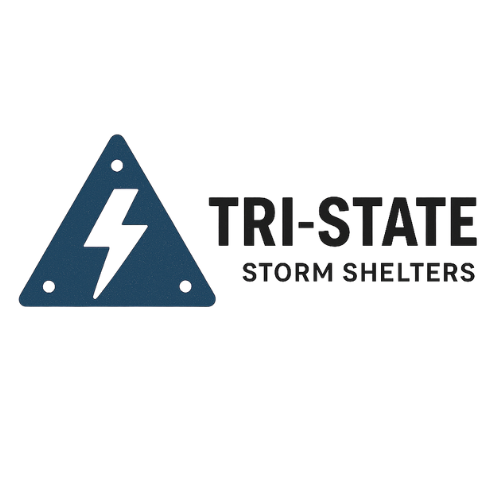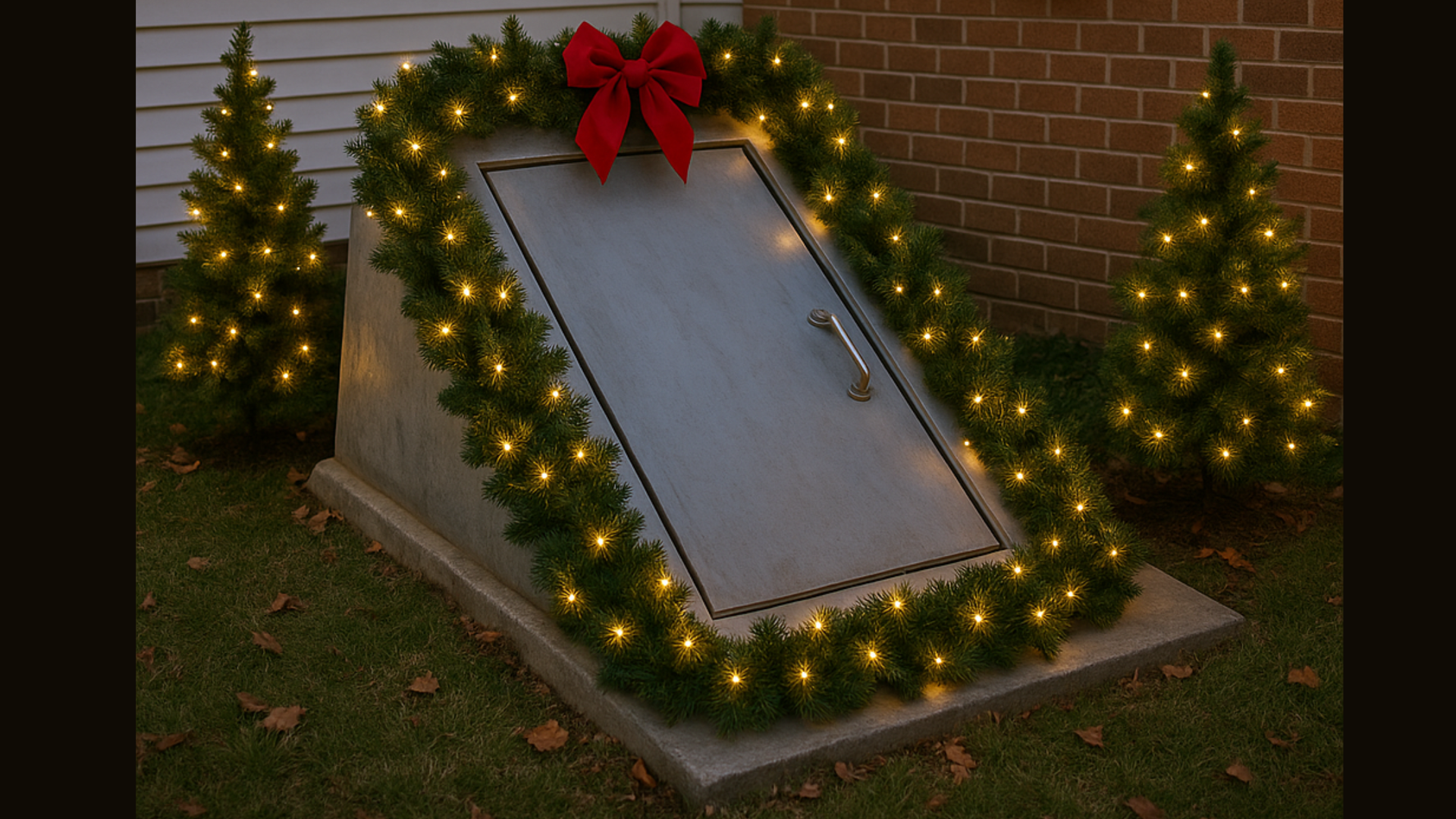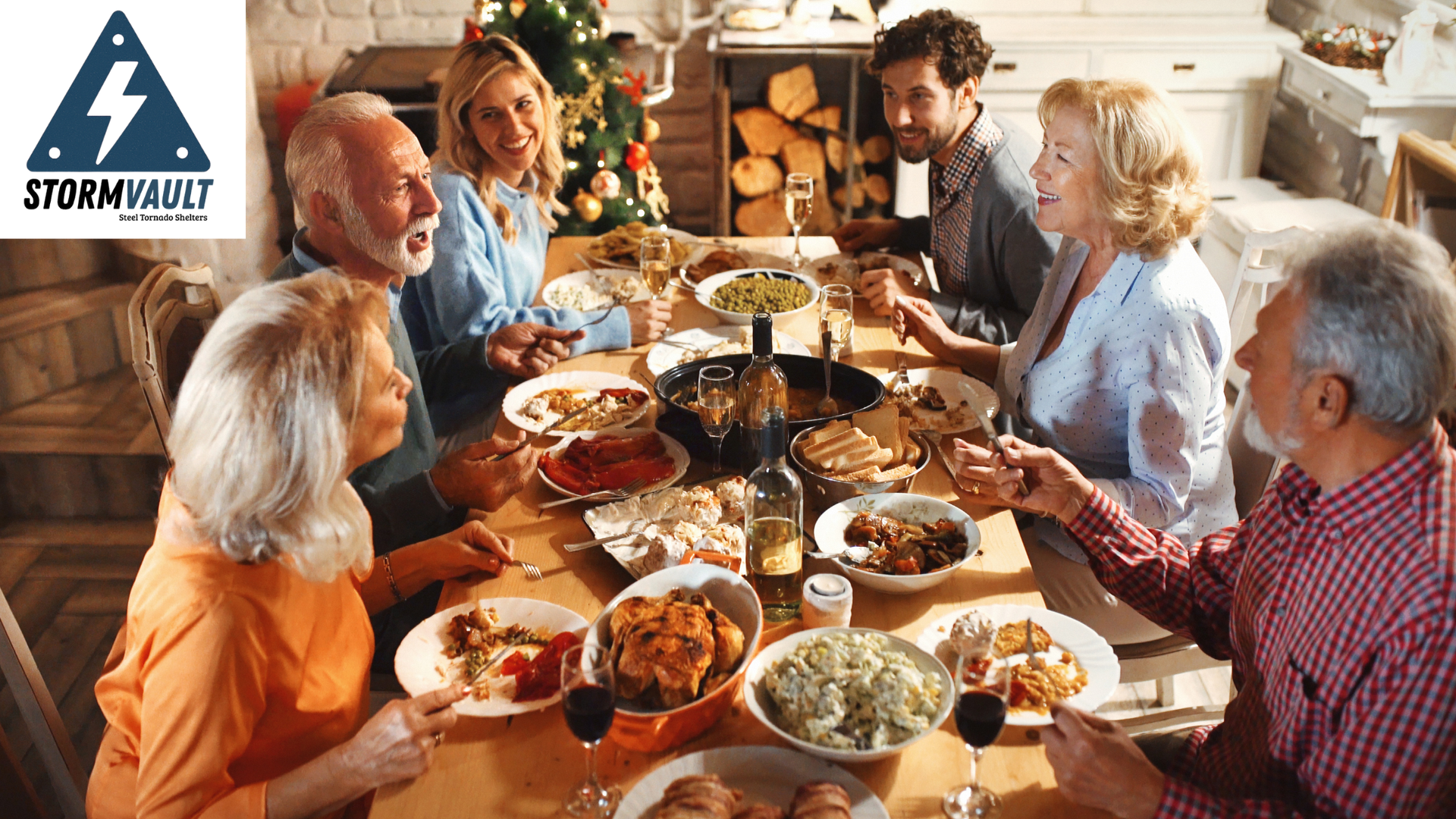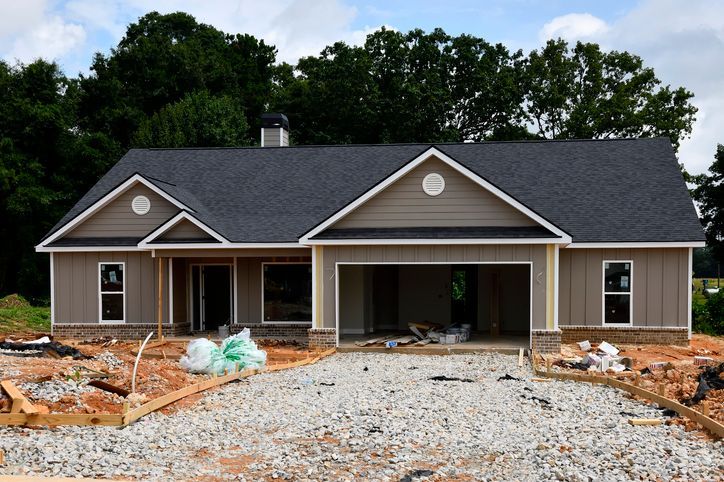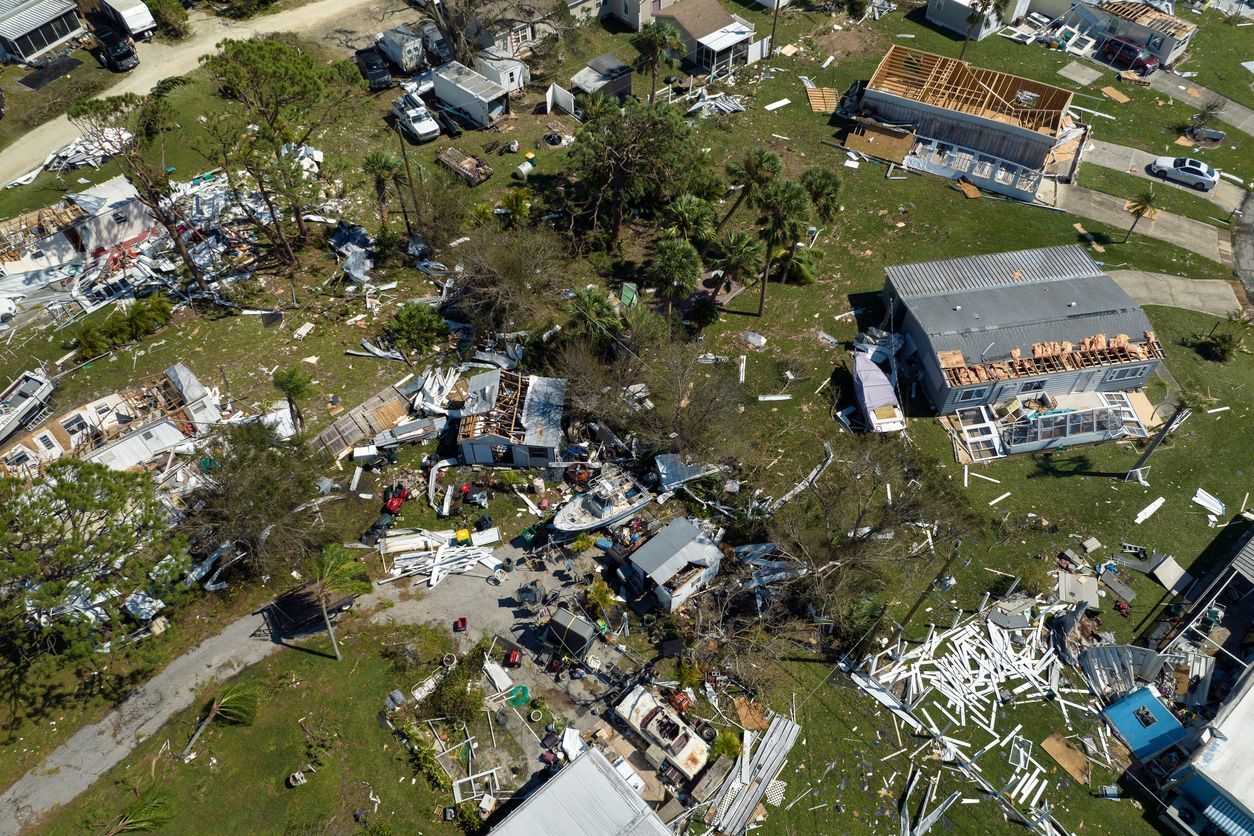A Homeowner’s Guide to Fall Tornado Season in Kentucky, Illinois, and Indiana
When most people think about tornadoes in the Midwest, they imagine springtime storms sweeping across “Tornado Alley.” But in states like Kentucky, Illinois, and Indiana, Fall can be just as dangerous—sometimes even more so. In fact, research has shown that a “secondary tornado season” often ramps up from September through November, creating a unique set of risks for homeowners and families across the region.
This guide will walk you through why Fall is a particularly hazardous time, what makes tornadoes in Kentucky, Illinois, and Indiana so destructive, and how to prepare your household for the season ahead.
Why Fall Tornado Season Matters in the Tri-State Region
Spring isn’t the only time to worry about tornadoes. The National Weather Service has documented a clear pattern of increased tornado activity in the Fall months. Several factors combine to make this season especially risky in Kentucky, Illinois, and Indiana:
- Clashing Air Masses
- Fall is a season of transition. Cold, dry air from Canada collides with lingering warm, humid air from the Gulf of Mexico. This sharp contrast creates instability in the atmosphere—the perfect ingredient for severe storms and tornadoes.
- Stronger Jet Stream
- In Fall, the jet stream often dips farther south, providing the wind shear needed for storm rotation. That wind shear is what turns a thunderstorm into a tornado-producing supercell.
- Shorter Days, Earlier Darkness
- One of the most overlooked dangers of Fall tornadoes is that they often happen at night or during evening hours. With less daylight, tornadoes are harder to see, making warnings more crucial.
- Changing Weather Patterns
- La Niña and El Niño cycles can also impact tornado frequency. For example, La Niña years tend to bring more active Fall severe weather across the Midwest and Ohio Valley.
Kentucky, Illinois, and Indiana: Why These States Are at Risk
The Tri-State region sits at a geographic crossroads where Gulf moisture, cold Canadian air, and western weather systems converge. This means tornadoes here are both common and sometimes extremely strong.
- Kentucky has seen catastrophic late-season tornadoes, including the devastating December 2021 outbreak, which caused historic damage across the western part of the state.
- Illinois averages around 50 tornadoes per year, with several significant outbreaks recorded in November, including the EF-4 Washington, IL tornado in 2013.
- Indiana is also highly tornado-prone, with outbreaks in both spring and fall. The state’s flat terrain makes long-track tornadoes possible.
Together, these states form a dangerous corridor for late-season severe weather.
The Hidden Dangers of Fall Tornadoes
While all tornadoes are dangerous, Fall tornadoes bring unique challenges:
- Surprise Factor – Many families let their guard down after spring, not expecting major tornadoes later in the year.
- Nighttime Storms – More Fall tornadoes occur after dark compared to spring, making them harder to spot and more deadly.
- Colder Weather Damage – Power outages during colder months can quickly become life-threatening due to loss of heat.
- Leaves and Debris – Fallen leaves can clog storm drains, worsening flooding during severe storms that accompany tornado outbreaks.
How to Prepare for Fall Tornado Season
Preparation is your best defense against the unexpected. Here are key steps homeowners in Kentucky, Illinois, and Indiana should take before the Fall storm season ramps up.
1. Create a Severe Weather Safety Plan
Every family should have a plan for what to do when a tornado warning is issued. This includes:
- Knowing the safest place in your home (a basement or a small interior room on the lowest floor).
- Practicing tornado drills with children so they know exactly what to do.
- Establishing a communication plan if family members are separated.
2. Get Weather Alerts You Can Trust
Because Fall tornadoes often strike at night, you may not see them coming. Don’t rely solely on outdoor sirens. Instead:
- Purchase a NOAA Weather Radio with battery backup.
- Sign up for local text alert systems.
- Install trusted weather apps that provide push alerts for tornado warnings.
3. Fortify Your Home
While no house is tornado-proof, there are steps you can take to reduce risks:
- Trim trees and remove dead limbs that could become dangerous projectiles.
- Clear gutters and drains of leaves to prevent flooding.
- Reinforce garage doors, as they are often the weakest point in a home during high winds.
- If possible, install impact-resistant windows.
4. Stock an Emergency Kit
Tornadoes often bring power outages and road closures. Your kit should include:
- Flashlights and extra batteries
- Bottled water and nonperishable food
- Blankets and warm clothing (critical for Fall tornadoes)
- First aid supplies and necessary medications
- A battery-powered phone charger
5. Consider a Storm Shelter
For the ultimate peace of mind, many families in Kentucky, Illinois, and Indiana are choosing to install steel storm shelters. FEMA and ICC/NSSA-compliant shelters are designed to withstand EF-4 and EF-5 tornadoes—the strongest on record. Having a shelter means:
- You and your family are protected no matter when the storm strikes.
- Property value can increase, as buyers see the shelter as a life-saving feature.
- Peace of mind knowing you don’t have to gamble with basement safety if debris or structural collapse is a concern.
What to Do During a Tornado
Preparation is only half the battle—knowing what to do in the moment is critical.
- If You’re at Home
- Go immediately to your safe room or shelter.
- Avoid windows. Flying glass causes many injuries.
- Protect your head with a mattress, helmet, or heavy blankets.
- If You’re in a Vehicle
- Do NOT try to outrun a tornado in congested areas.
- If possible, safely drive at right angles to the tornado’s path.
- As a last resort, lie flat in a low ditch and cover your head.
- If You’re in a Public Building
- Follow posted tornado shelter signs.
- Stay away from large-span areas like gyms or auditoriums, which are more likely to collapse.
After the Tornado: Recovery and Safety
The aftermath of a tornado can be just as dangerous as the storm itself.
- Watch for hazards like downed power lines, gas leaks, and unstable structures.
- Check on neighbors, especially elderly or disabled individuals.
- Document damage for insurance purposes with photos and videos.
- Avoid driving unless absolutely necessary—emergency crews need clear roads.
Key Historical Fall Tornado Outbreaks in the Region
To understand the risk, it helps to look back at history:
- November 17, 2013 – Illinois & Indiana
A massive outbreak spawned over 70 tornadoes, including an EF-4 that devastated Washington, IL. - November 6, 2005 – Evansville, IN
A nighttime tornado struck a mobile home park, killing 24 people in their sleep. - December 10, 2021 – Kentucky
One of the deadliest late-season outbreaks in U.S. history, producing a long-track EF-4 tornado that tore across western Kentucky, killing dozens and destroying entire towns.
These events highlight why Fall tornadoes are not to be underestimated.
Final Thoughts: Don’t Let Your Guard Down This Fall
Kentucky, Illinois, and Indiana residents know spring tornadoes are serious—but Fall tornado season can be just as deadly. The unique mix of unstable weather patterns, stronger jet streams, and nighttime storms makes preparation vital.
By creating a plan, staying alert, fortifying your home, and considering a shelter installation, you can dramatically reduce your risk and keep your family safe.
Don’t wait until warnings start blaring. Now is the time to prepare—before the next storm comes rolling across the Midwest.
